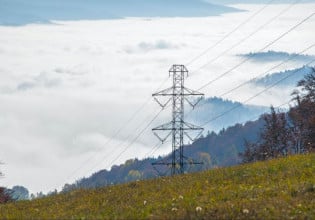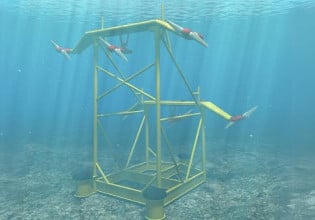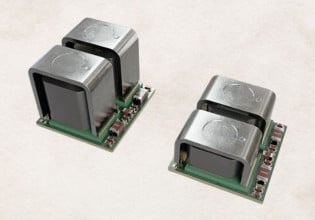Advances in Seawater Batteries for Energy Storage
Seawater batteries are gaining attention as a potentially cost-effective, safe energy storage system solution.
Driven by the growing need for affordable and secure energy storage solutions, seawater batteries (SWBs) are becoming an increasingly viable rechargeable battery option. Specifically, cathode materials utilizing the intercalation mechanism have garnered significant interest due to their remarkably low overpotential and exceptional energy efficiency.
A study by researchers from the Pohang University of Science and Technology uses nickel hexacyanoferrate (NiHCF), a type of Prussian blue analog, as an intercalation cathode material for SWBs. The study enhances our understanding of the electrochemical characteristics of NiHCF and offers valuable insights into the operational mechanisms of intercalation cathode materials in SWB systems.
Nickel excavation. Image used courtesy of Adobe Stock
Advantages of Seawater
Water is Earth’s most abundant and readily available resource. Unfortunately, only three percent of water is drinkable freshwater; however, the remaining 97 percent offers a promising opportunity in the renewable energy realm thanks to the abundant presence of Na-ions in high-salinity seawater.
The Na-ions in seawater enable SWBs to generate and store electrical energy as these ions shuttle between the cathode and anode.
These batteries have the advantage of readily accessible resources and are environmentally friendly, eliminating the need for additional treatment processes.
Other battery storage options, such as lithium-ion batteries, are slowing capacity advancements and raising concerns about safety and cost. The study also suggests that SWBs could be an alternative to lead-acid batteries currently used in GPS-enabled life jackets and energy-dependent buoys.
Adding a Chelating Agent
The team chose NiCHF as the intercalation cathode material because of its large interstitial volume for sodium-ion insertion and stability in seawater. However, the many defects during fabrication are a significant hurdle in utilizing NiHCF in SWBs.
The research team addressed this issue by synthesizing NiHCF and adding a chelating agent (Sample A). A comparative analysis of the performance of Sample A and untreated NiHCF (Sample B) to assess the efficacy of the chelating agent showed Sample A to be superior.
The research team found NiHCF to be a superior intercalation cathode material when incorporated with a chelating agent. Image used courtesy of Science Direct
A look at the two samples under a microscope showed the researchers a notable disparity in shape and structure.
Sample B showed a configuration of nanosized primary particles aggregated randomly, forming larger particles at the micro-level. In contrast, Sample A showed distinct cubic-shaped particles with sizes ranging between 200 and 300 nanometers. While Sample B contained smaller individual particle sizes, the aggregation into larger structures is less favorable for battery production.
Further studies showed that Sample A had greater electrochemical performance due to lower water content than Sample B and greater energy efficiency and capacity.
Success of the Study
The research team accomplished a remarkable milestone by subjecting two samples to 2,000 charge and discharge cycles with groundbreaking results. Sample A exhibited an exceptional capacity retention rate of approximately 92.8%. The researchers also successfully reduced the defect generation rate, which was initially identified as a limitation for NiHCF, to just 6% in Sample A.
The study provides significant insights and proof of advances in energy storage systems. Seawater batteries are emerging as a promising solution, offering the advantages such as cost-efficiency, safety, easy resource accessibility, and environmental friendliness.
Seawater batteries hold promise in meeting the increasing demand for sustainable energy storage solutions.








